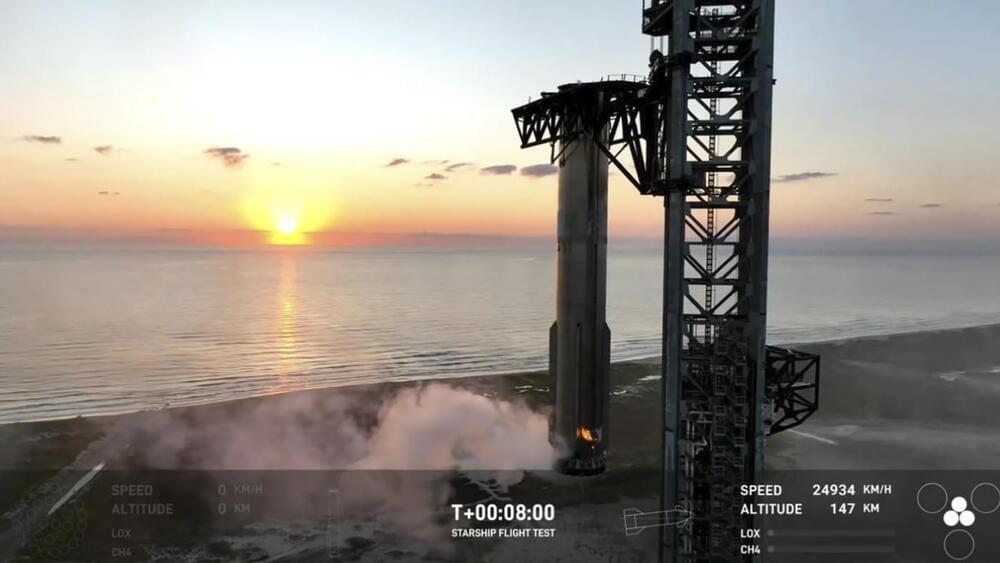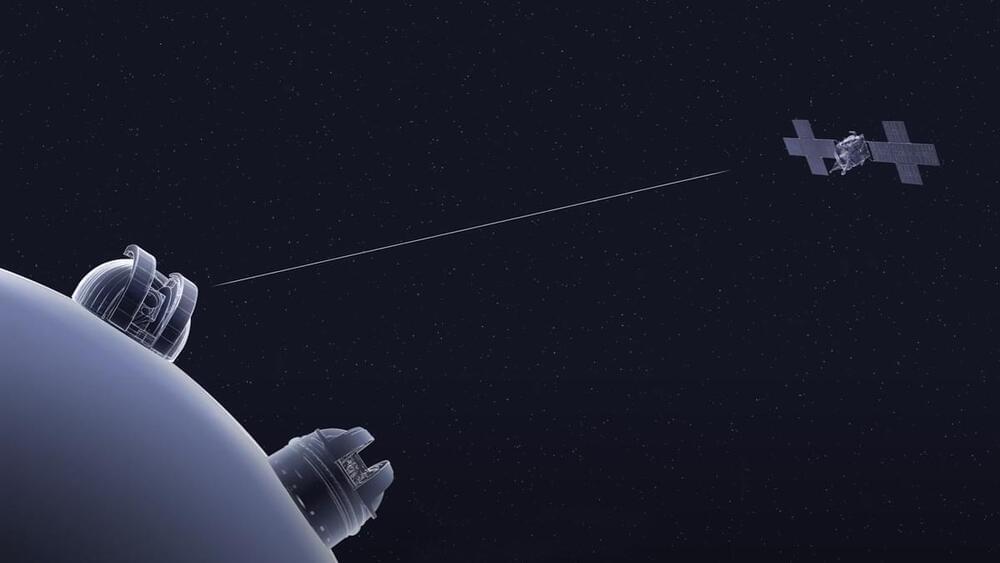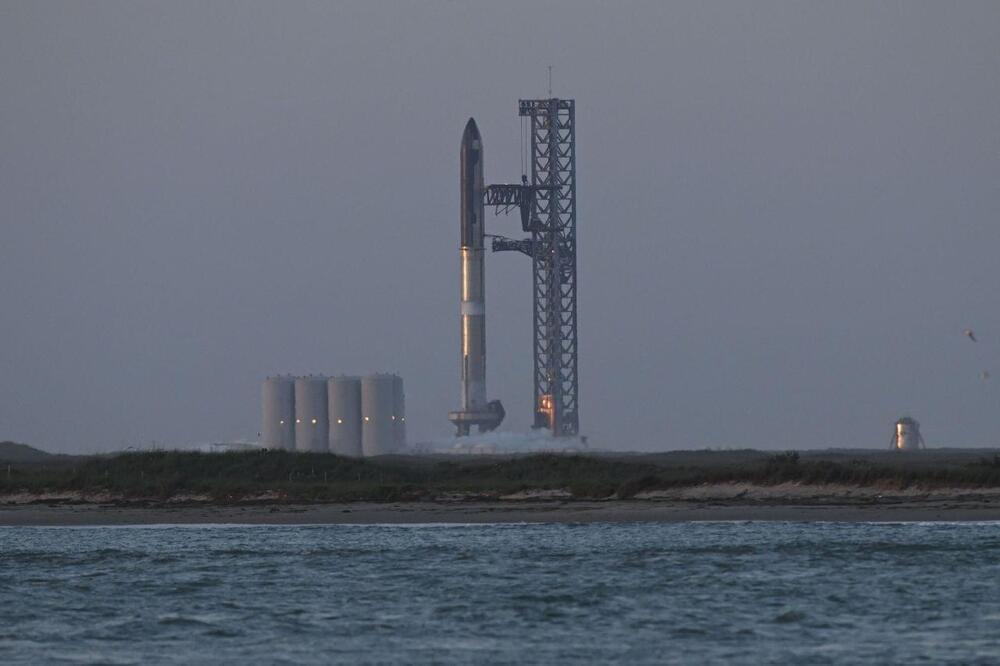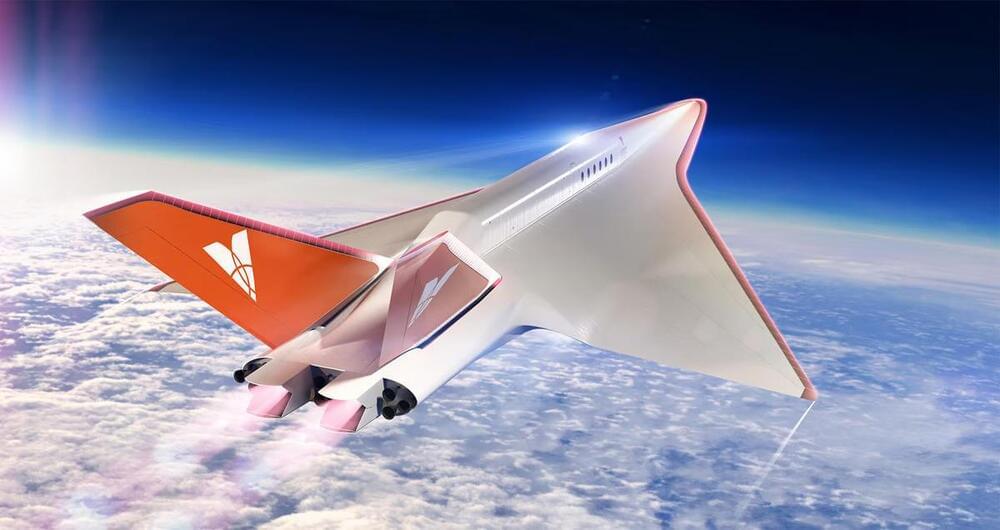There are several organizations and start-ups across the world that are working on developing hypersonic jets capable of flying at speeds above Mach 5 (3,836 mph). However, a propulsion system capable of providing sustained thrust at those speeds continues to be the biggest hurdle. Texas-based start-up Venus Aerospace has revealed a groundbreaking engine that has the potential to completely revolutionize high-speed air travel. Called the Venus Detonation Ramjet 2000 lb Thrust Engine (VDR2), the advanced propulsion system was unveiled at the recent Up. Summit in Bentonville, Arkansas.
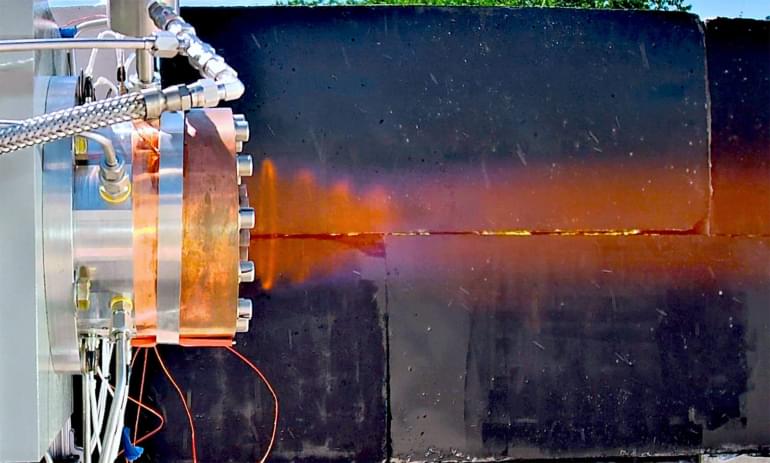
The VDR2 is engineered to power drones and aircraft to hypersonic speeds, allowing them to travel vast distances at high altitudes with unmatched efficiency. The hypersonic propulsion system combines the high thrust and efficiency of the Rotating Detonation Rocket Engine (RDRE) with the high-efficiency cruise of a Ramjet. Developed by Venus in partnership with high-speed air combustion specialist Velontra, the VDR2 will operate as a single engine offering propulsion from take-off to attaining speeds up to Mach 6.
Also read — Boom Supersonic’s superfactory, which will be building the ‘son of Concorde,’ will be completed by spring this year. The first assembly line at the North Carolina facility will roll out 33 supersonic aircraft each year, capable of flying passengers from New York to London in 3.5 hours.
